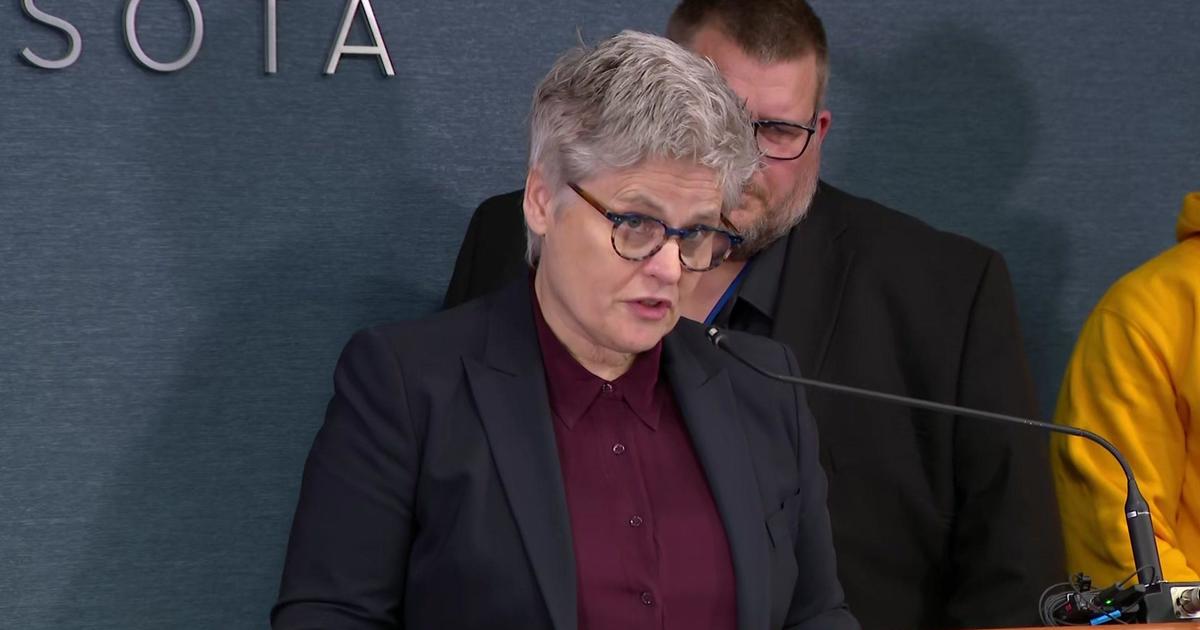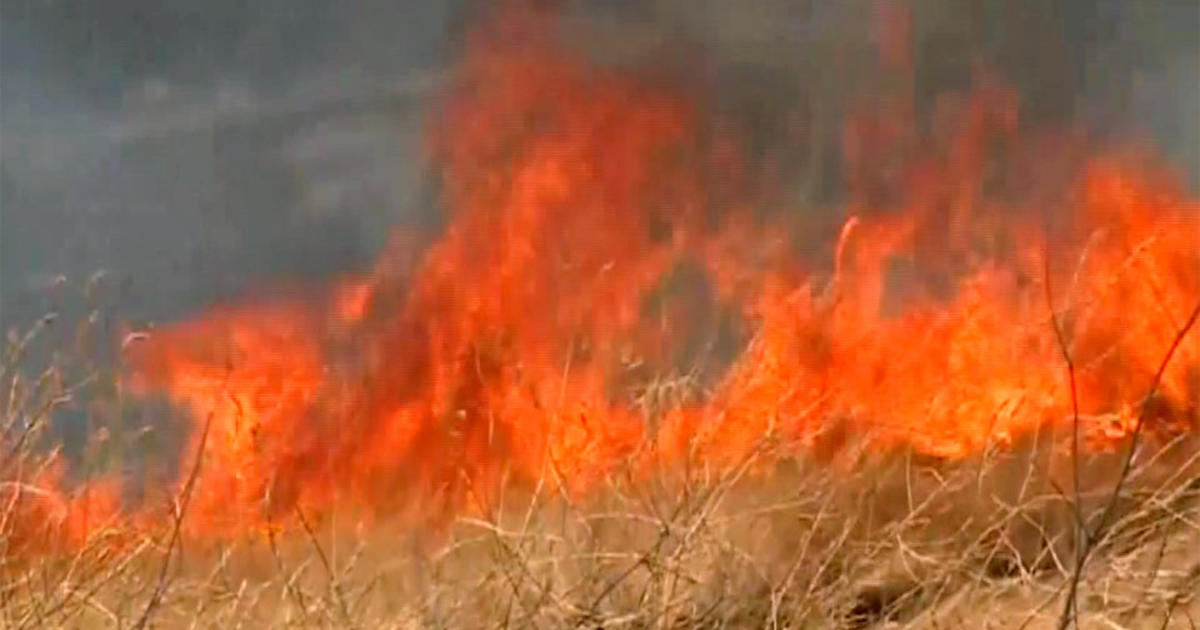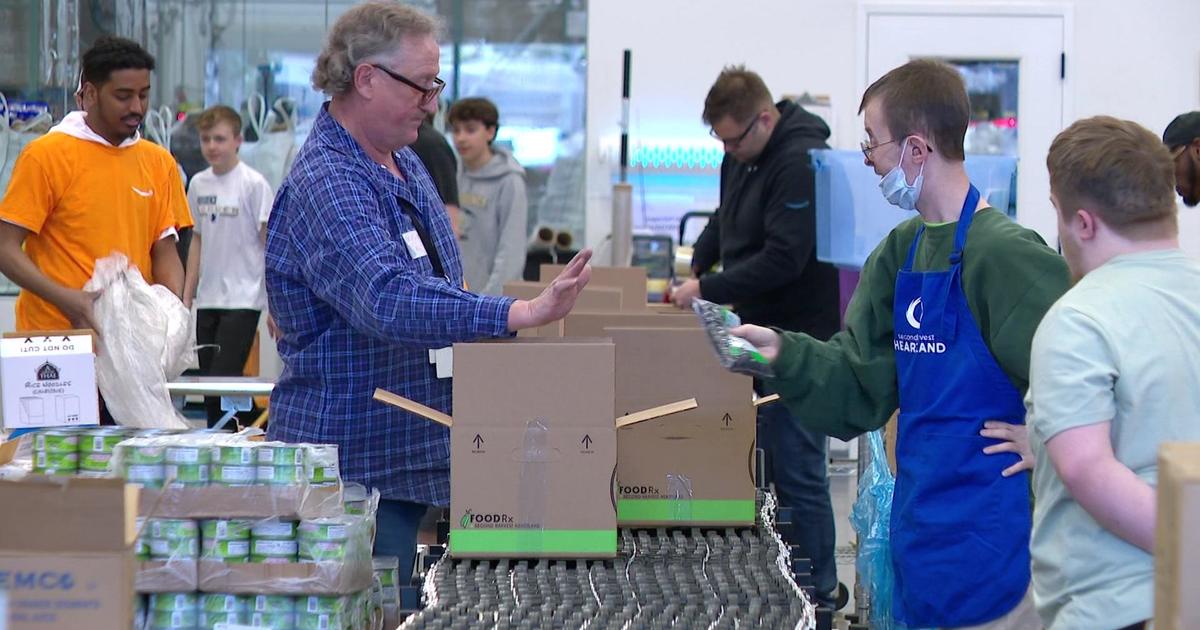How Does The National Weather Service Rate Tornadoes?
MINNEAPOLIS (WCCO) – Less than 24 hours after five tornadoes touched down in Minnesota, National Weather Service crews went out to assess the damage.
Their goal was to measure the strength and size of the twister, not just for archival and historical purposes, but to monitor climate issues as well.
By Monday night, meteorologists found the tornado in Scandia to be an EF1, which can produce wind gusts between 86 and 110 mph.
So, how do National Weather Service meteorologists figure out just how powerful tornadoes are? Good Question.
"Usually, it starts right after the storm," NWS Meteorologist Jim Taggart said.
The crews contact local law enforcement for damage reports. They also watch social media for photos and collect radar data before leaving their Chanhassen building. Once on the ground, teams generally meet up with local first responders who can help them tour the path.
"What we're looking for is the damage area, the width, the strength and what types of trees were snapped or blown down," Taggart said.
Tornadoes are rated on the Enhanced Fujita Scale that runs from EF0 (least powerful) to EF5 (most powerful). The ratings are based on estimated wind speeds and damage.
NWS meteorologists interview witnesses, look at roof or structure damage and assess what happened to fallen trees.
"Down at the edge of the water, the tree is headed toward northwest and this tree is headed east, so you've got circulation there," said Taggart, while looking at damage on Bone Lake in Scandia.
On Monday, drone video from the Washington County Sheriff's Office showed circulation damage in a cornfield about two miles from Bone Lake.
Taggart was also able to look at damage across the lake to determine the width of the tornado, which he estimated to be several hundred feet wide. He and his team also saw more damage on higher elevations rather than the valleys, leading them to believe the tornado skipped.
"I'm glad everyone heard the warnings and heeded the warnings," Taggart said. "We had enough lead time."



